Home>Interior Design>How To Get Rid Of Black Mold: 6 Expert Tips To Remove Mold At Home
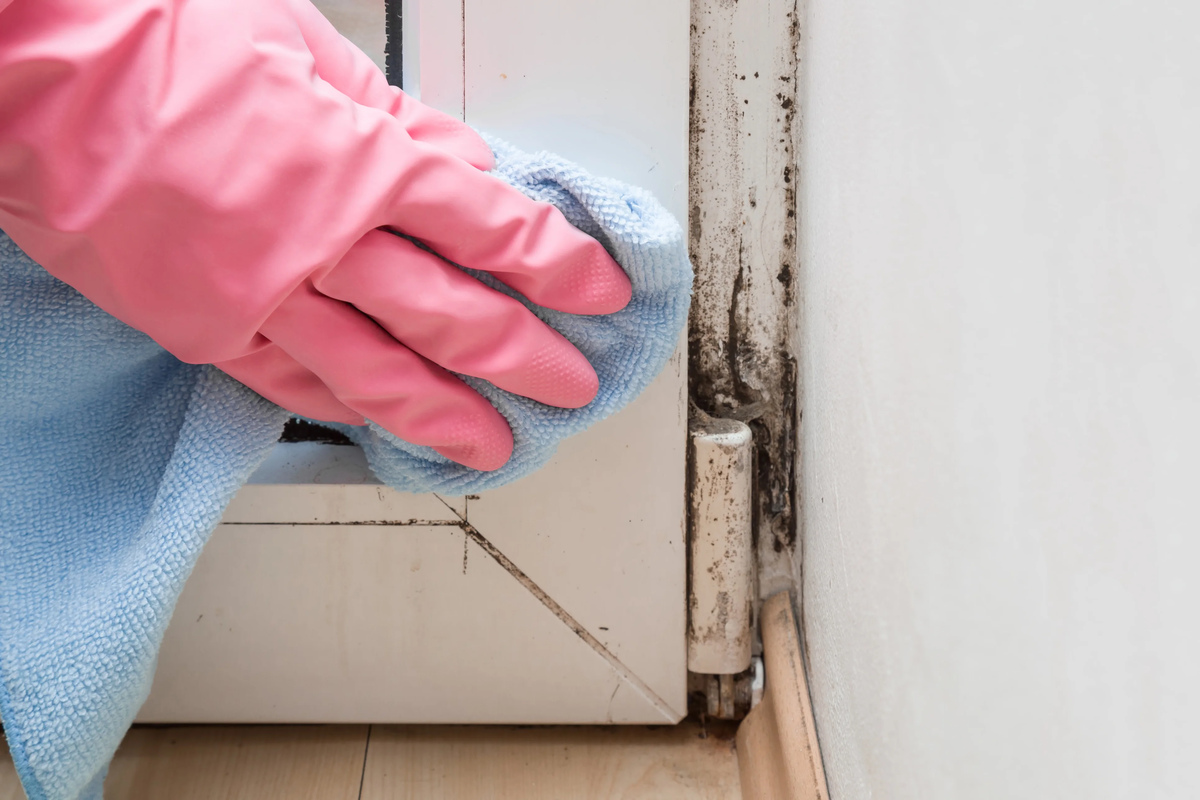

Interior Design
How To Get Rid Of Black Mold: 6 Expert Tips To Remove Mold At Home
Modified: August 20, 2024
Learn expert tips to remove black mold from your home with these 6 effective methods. Transform your interior design by getting rid of mold now!
(Many of the links in this article redirect to a specific reviewed product. Your purchase of these products through affiliate links helps to generate commission for Storables.com, at no extra cost. Learn more)
Introduction
Welcome to our comprehensive guide on how to get rid of black mold. Dealing with mold in your home can be a daunting task, but with the right knowledge and strategies, you can effectively tackle this issue and create a safe and healthy living environment. In this article, we will provide you with six expert tips to remove mold at home and prevent its recurrence.
Black mold, also known as Stachybotrys chartarum, is a type of toxic mold that thrives in damp and humid conditions. It can often be found in areas such as bathrooms, basements, and kitchens, where moisture levels are typically higher. Exposure to black mold can lead to various health issues, including respiratory problems, allergies, and skin irritations.
Identifying the presence of black mold is the first step to effectively eliminating it from your home. Look out for dark, slimy patches on walls, ceilings, or other surfaces, along with a musty odor. Once you have confirmed the presence of black mold, it is crucial to take immediate action to prevent further spread and protect your health.
In the following sections, we will delve into the expert tips that will guide you throughout the mold removal process. Remember, safety should always be your top priority, so be sure to follow the necessary precautions and seek professional assistance if needed.
Key Takeaways:
- Say goodbye to black mold by identifying, removing, and preventing its growth. Use bleach or vinegar to clean affected areas and ensure proper ventilation to keep your home mold-free.
- Prioritize safety by wearing protective gear when dealing with black mold. Remove and dispose of mold-infested materials properly, and take preventive measures to control moisture and inhibit future mold growth.
Read more: How To Get Rid Of Black Mold In Sink
Tip 1: Identify and Locate Black Mold
The first step in getting rid of black mold is to identify its presence and locate the areas where it is growing. Black mold can be misleading, as it may not always appear black. It can also be green or dark brown, depending on the surface it is growing on.
To identify black mold, look for visible signs, such as discoloration on walls, ceilings, or floors. Pay attention to areas that have been exposed to excess moisture or have poor ventilation, as these are more likely to harbor mold growth.
In addition to visual cues, consider other signs that indicate the presence of black mold. A musty odor is often a telltale sign, indicating that mold is actively growing in the area. You may also experience allergic symptoms, such as sneezing, coughing, or watery eyes, when you are in the vicinity of mold.
Once you have identified the presence of black mold, the next step is to locate all the affected areas. Check nearby surfaces, such as adjacent walls or hidden spaces behind furniture or appliances, as mold can spread beyond the visible area. Use a flashlight or a moisture meter to assess these hidden areas.
Remember, it’s crucial to address not only the visible mold but also the underlying cause of its growth. This could be due to a water leak, excessive humidity, or poor ventilation. By identifying and addressing the source of moisture, you can effectively prevent future mold growth.
If you are unsure about the extent of the mold infestation or are unable to locate all the affected areas, consulting a professional mold remediation expert is advisable. They have the experience and tools to accurately assess and address the mold problem in your home.
Tip 2: Ensure Proper Ventilation
Proper ventilation plays a crucial role in preventing the growth and spread of black mold. Moisture-laden air can become trapped in enclosed spaces, creating an ideal environment for mold to thrive. By ensuring proper ventilation, you can reduce humidity levels and minimize the risk of mold growth.
One of the most effective ways to improve ventilation is to open windows and doors whenever possible. This allows fresh air to circulate and helps in drying out damp areas. Allow natural sunlight to enter your home as well, as sunlight has a natural disinfecting effect on mold.
In areas such as bathrooms and kitchens, where moisture levels tend to be higher, it is essential to have functioning exhaust fans. These fans help to remove excess moisture from the air and prevent it from being trapped in confined spaces. Make sure to clean or replace the filters regularly to maintain optimal airflow.
If your home has a central heating, ventilation, and air conditioning (HVAC) system, ensure that it is properly maintained. Regularly clean or replace air filters to prevent the accumulation of dust, debris, and mold spores. Consider installing an air purifier with a HEPA filter to capture and remove airborne mold particles.
In addition to ventilation, it is crucial to address any water leaks or condensation issues promptly. Repairing leaks and improving insulation can help prevent excess moisture buildup, which is a breeding ground for mold. Avoid drying clothes indoors, as it increases humidity levels in the air and can contribute to mold growth.
By ensuring proper ventilation in your home, you create an inhospitable environment for black mold to thrive. Remember, a well-ventilated space not only reduces the risk of mold but also promotes a healthier and more comfortable living environment for you and your family.
Tip 3: Use Protective Gear
When dealing with black mold, it is crucial to prioritize your safety by using appropriate protective gear. Mold spores can cause respiratory issues and allergic reactions, so it is important to shield yourself from exposure.
Here are some essential protective gear items to consider:
- N95 Respirator Mask: A properly fitted N95 mask can help filter out mold spores from the air you breathe. It is important to choose a mask with a high filtration efficiency to protect your respiratory system.
- Gloves: Wear disposable gloves to prevent direct contact with mold and cleaning substances. Opt for gloves made of latex or nitrile for better protection.
- Goggles: Protect your eyes from mold spores and cleaning solutions by wearing goggles or safety glasses. This prevents irritation and reduces the risk of accidental exposure.
- Protective Clothing: Wear long-sleeved shirts and pants that cover your skin to minimize contact with mold. Choose clothing that can be easily washed or disposed of after use.
- Shoe Covers: Consider using shoe covers or dedicated footwear that can be easily cleaned or discarded. This prevents mold spores from being tracked into uncontaminated areas of your home.
Before beginning the mold removal process, ensure that you are equipped with the necessary protective gear. Properly donning and disposing of the gear is equally important. Follow the manufacturer’s instructions for wearing and removing masks, gloves, and other protective items to prevent cross-contamination.
Keep in mind that some individuals may be more sensitive to mold spores and may require additional protection. If you have pre-existing respiratory conditions or compromised immune systems, consult with a healthcare professional before attempting any mold remediation tasks.
By taking the necessary precautions and wearing protective gear, you can minimize your exposure to mold and ensure your well-being during the mold removal process.
Use a mixture of water and detergent to scrub away black mold from hard surfaces. Make sure to wear protective gear and ventilate the area while cleaning.
Tip 4: Clean Affected Areas with Bleach or Vinegar
Once you have identified and taken the necessary safety precautions, it’s time to clean the areas affected by black mold. Two common household items that can be effective in removing mold are bleach and vinegar. Here’s how you can use them:
Bleach:
- Prepare a solution by mixing one part bleach with three parts water.
- Put on your protective gear, including gloves and a respirator mask.
- Dampen a sponge or cloth in the bleach solution and gently scrub the moldy areas.
- Allow the solution to sit on the surface for 15 minutes to kill the mold.
- Rinse the area thoroughly with clean water and dry it completely.
It’s important to note that while bleach can effectively kill mold, it may not be suitable for all surfaces. It can bleach or damage certain materials, such as fabrics or porous surfaces. Test a small, inconspicuous area before applying bleach to ensure compatibility.
Vinegar:
- Pour undiluted white vinegar into a spray bottle.
- Spray the vinegar directly onto the moldy surface and let it sit for an hour.
- Using a scrub brush or sponge, scrub the area to remove the mold.
- Rinse the surface with water to remove any residual vinegar smell.
- Allow the area to dry thoroughly.
Vinegar is a natural and non-toxic alternative to bleach. It is effective against most types of mold and is safe to use on a wide range of surfaces.
Regardless of the cleaning solution you choose, it’s important to remember that mold tends to grow in porous materials. If the mold has infiltrated such materials, it may be necessary to remove and replace them to ensure complete eradication.
After cleaning, monitor the area for any signs of mold recurrence. If the mold persists or resurfaces, it may be an indication of an underlying moisture issue that needs to be addressed.
By using bleach or vinegar to clean affected areas, you can effectively eliminate mold and inhibit its growth.
Read more: How To Get Rid Of Mold On Brick
Tip 5: Remove Mold-Infested Materials Properly
In some cases, the mold may have penetrated deep into porous materials such as drywall, carpets, or insulation. When this happens, it may be necessary to remove and dispose of these materials to effectively eliminate the mold. Here are some guidelines to follow when removing mold-infested materials:
- Wear Protective Gear: Before starting the removal process, ensure that you are wearing proper protective gear, including gloves, a respirator mask, goggles, and disposable clothing.
- Create a Containment Zone: Set up a containment area around the mold-infested area to prevent the spread of spores. Use plastic sheeting and duct tape to seal off the area.
- Moisten the Area: Mist the mold-infested materials with water to minimize the release of mold spores into the air during removal.
- Remove Affected Materials: Carefully remove the mold-infested materials, ensuring that they are properly sealed and contained. Place them in heavy-duty plastic bags for disposal.
- Seal and Dispose: Seal the bags tightly and clearly label them as biohazardous waste. Follow the regulations and guidelines of your local waste management facility for proper disposal.
- Clean the Area: Thoroughly clean the surrounding area with a bleach or vinegar solution to ensure any remaining mold spores are eliminated.
- Monitor for Recurrence: After the removal process, closely monitor the area for any signs of mold recurrence. If mold reappears, it may indicate a persistent moisture problem that needs to be addressed.
It’s important to note that the removal of mold-infested materials can be a challenging and potentially hazardous task. If you are unsure or uncomfortable with handling this process yourself, it is recommended to seek professional assistance from mold remediation experts.
Remember, the key is to safely remove and dispose of mold-infested materials to prevent the further spread of mold spores and potential health risks.
Tip 6: Prevent Moisture and Future Mold Growth
To ensure a long-term solution for eliminating black mold, it’s essential to address the underlying cause of moisture and take preventive measures to inhibit future mold growth. Here are some tips to help prevent moisture buildup and minimize the risk of mold:
- Fix Water Leaks: Promptly repair any leaks in your plumbing system, roof, or windows. Even small leaks can create a moist environment that fosters mold growth.
- Improve Ventilation: Ensure that all areas of your home, especially bathrooms, kitchens, and basements, have proper ventilation. Install exhaust fans to help remove excess moisture from the air.
- Monitor Humidity Levels: Use a humidity gauge to keep track of humidity levels in your home. Ideally, humidity levels should be below 50%. Consider using a dehumidifier in areas prone to high humidity.
- Proper Insulation: Ensure that your home is adequately insulated to prevent condensation on walls, ceilings, and windows. Proper insulation helps regulate temperature and reduce moisture buildup.
- Keep Surfaces Dry: Regularly wipe down surfaces, especially in moisture-prone areas, to prevent water accumulation. Pay special attention to areas around sinks, showers, and windows.
- Avoid Carpeting in Moist Areas: Opt for tile, laminate, or other moisture-resistant flooring options in areas prone to dampness, such as bathrooms and basements. These materials are less likely to harbor mold growth.
- Use Mold-Resistant Products: When renovating or remodeling, consider using mold-resistant materials such as mold-resistant drywall, paint, and caulk. These products are designed to inhibit mold growth.
- Regular Cleaning: Routinely clean and sanitize your home to prevent the buildup of dust, dirt, and organic matter that can fuel mold growth. Pay close attention to areas that are susceptible to moisture.
By taking these preventive measures, you can minimize the risk of mold growth and maintain a healthy living environment. Remember, consistent maintenance and vigilance are key to keeping mold at bay.
Conclusion
Dealing with black mold can be a challenging and concerning issue for homeowners. However, with the right knowledge and strategies, you can effectively eliminate mold and create a safe and healthy living environment. By following the expert tips we’ve provided, you can confidently tackle black mold and prevent its recurrence.
First and foremost, it’s crucial to identify and locate black mold in your home. Pay attention to visual signs, musty odors, and any allergic reactions that may indicate its presence. Once identified, take immediate action to prevent the further spread of mold and protect your health.
Ensuring proper ventilation is another key component in mold prevention. Open windows, use exhaust fans, and maintain your HVAC system to reduce humidity levels and improve air circulation. Address any water leaks or condensation issues promptly to eliminate potential moisture sources for mold growth.
When cleaning affected areas, using bleach or vinegar can be effective in removing mold. Remember to wear proper protective gear and follow the recommended cleaning procedures. If the mold has infiltrated porous materials, it may be necessary to remove and dispose of them properly to ensure complete eradication.
Lastly, taking preventive measures to control moisture and inhibit future mold growth is essential. Fix water leaks, improve ventilation, monitor humidity levels, and keep surfaces dry. Utilize mold-resistant products and practice regular cleaning to minimize the risk of mold recurrence.
Remember, safety should always be your top priority. If you are unsure or uncomfortable with handling mold remediation yourself, don’t hesitate to seek professional assistance. They have the expertise and specialized equipment to effectively deal with mold infestations.
By implementing these expert tips and maintaining a proactive approach, you can successfully eliminate black mold and create a healthier living environment for you and your family. Don’t let mold take hold in your home – take action today!
Frequently Asked Questions about How To Get Rid Of Black Mold: 6 Expert Tips To Remove Mold At Home
Was this page helpful?
At Storables.com, we guarantee accurate and reliable information. Our content, validated by Expert Board Contributors, is crafted following stringent Editorial Policies. We're committed to providing you with well-researched, expert-backed insights for all your informational needs.
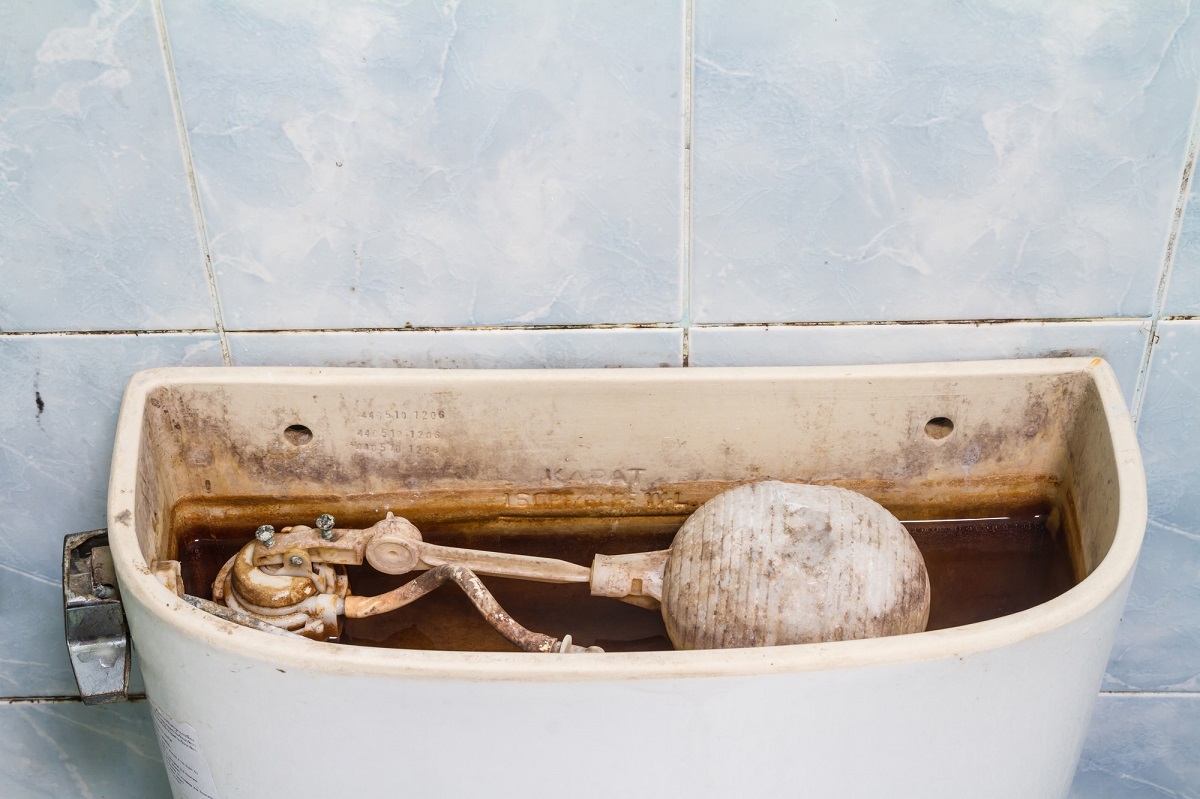
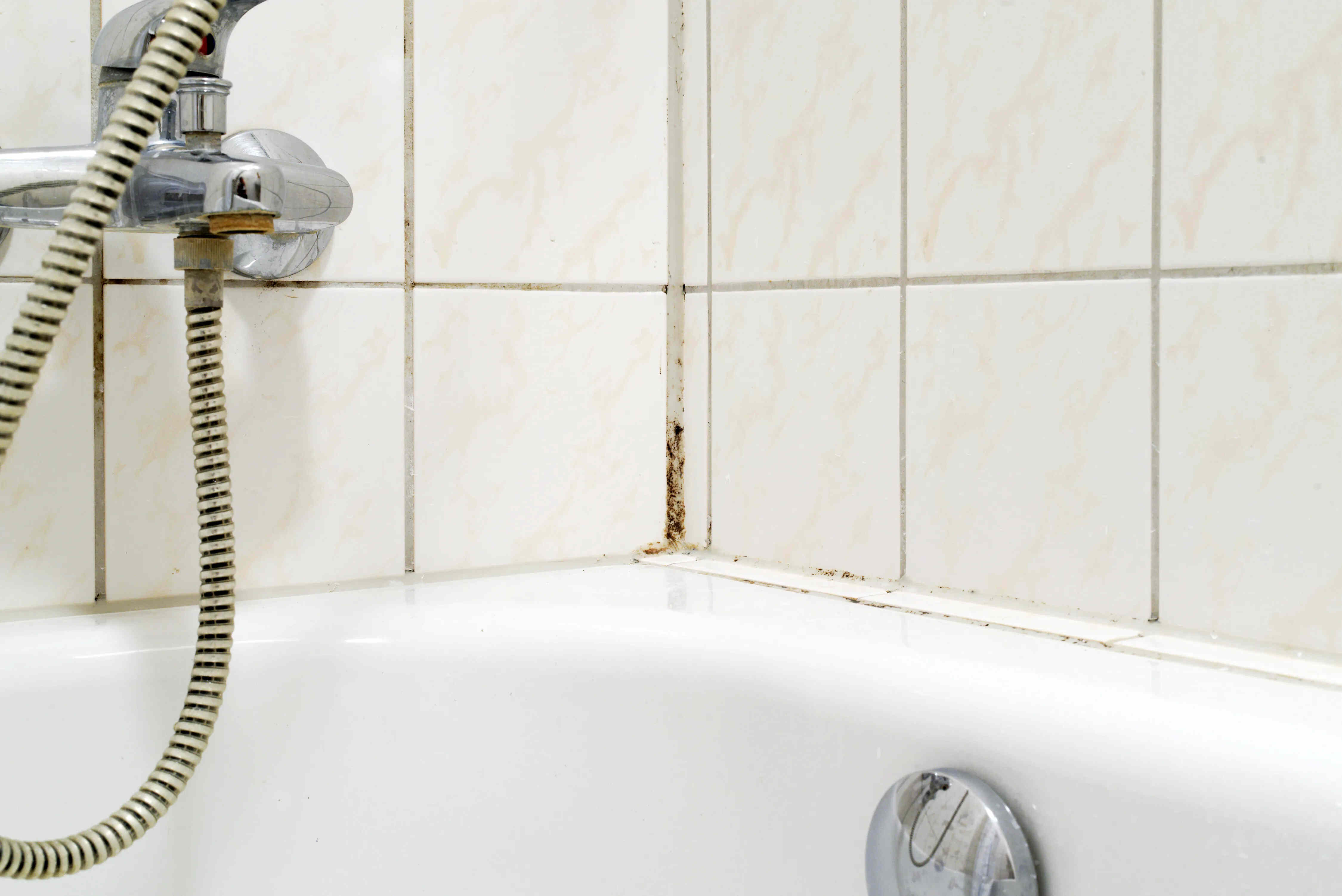
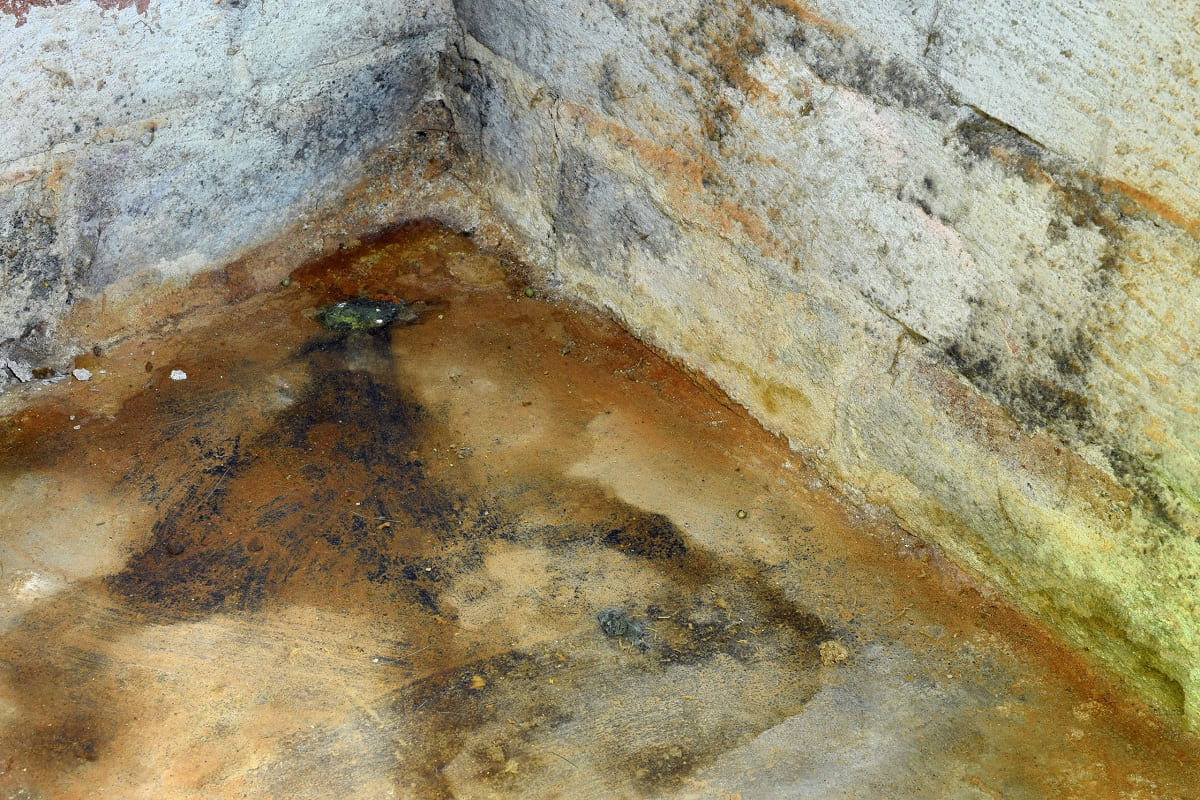

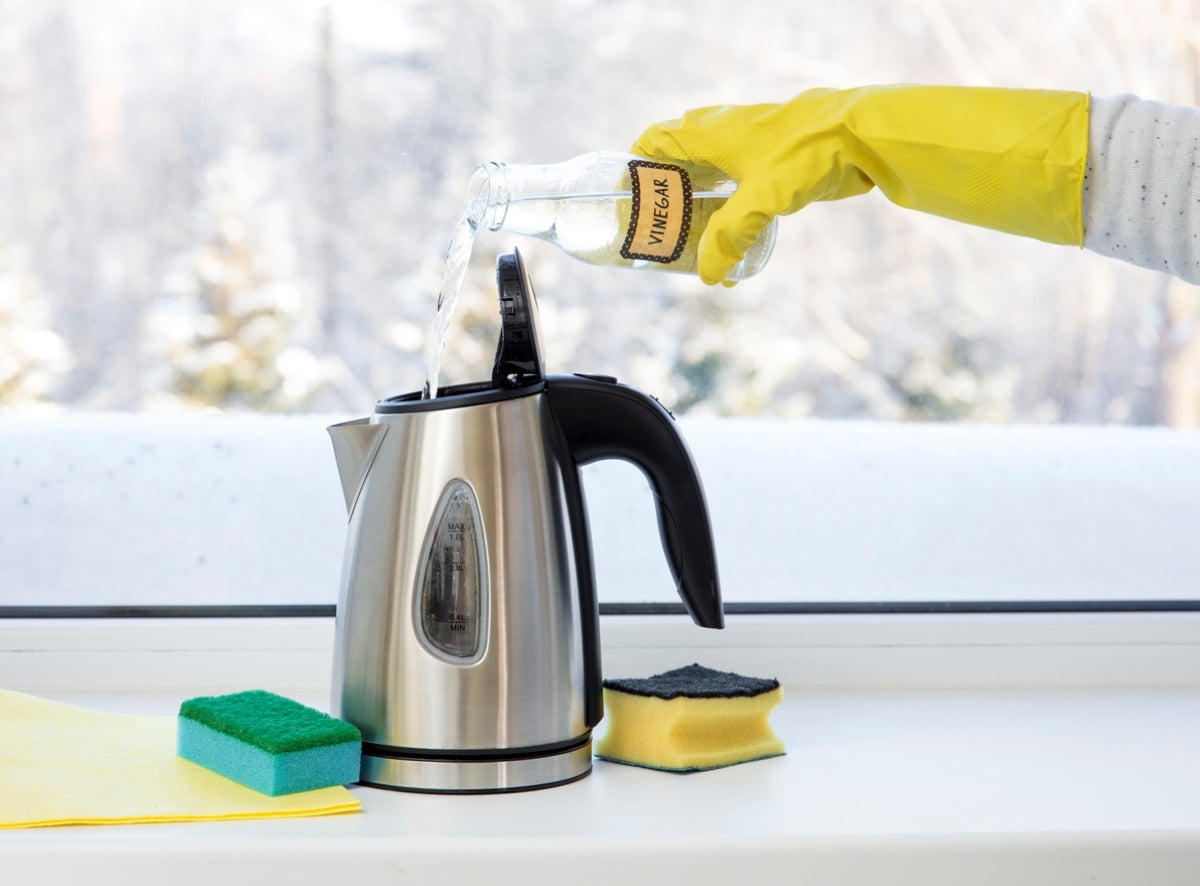
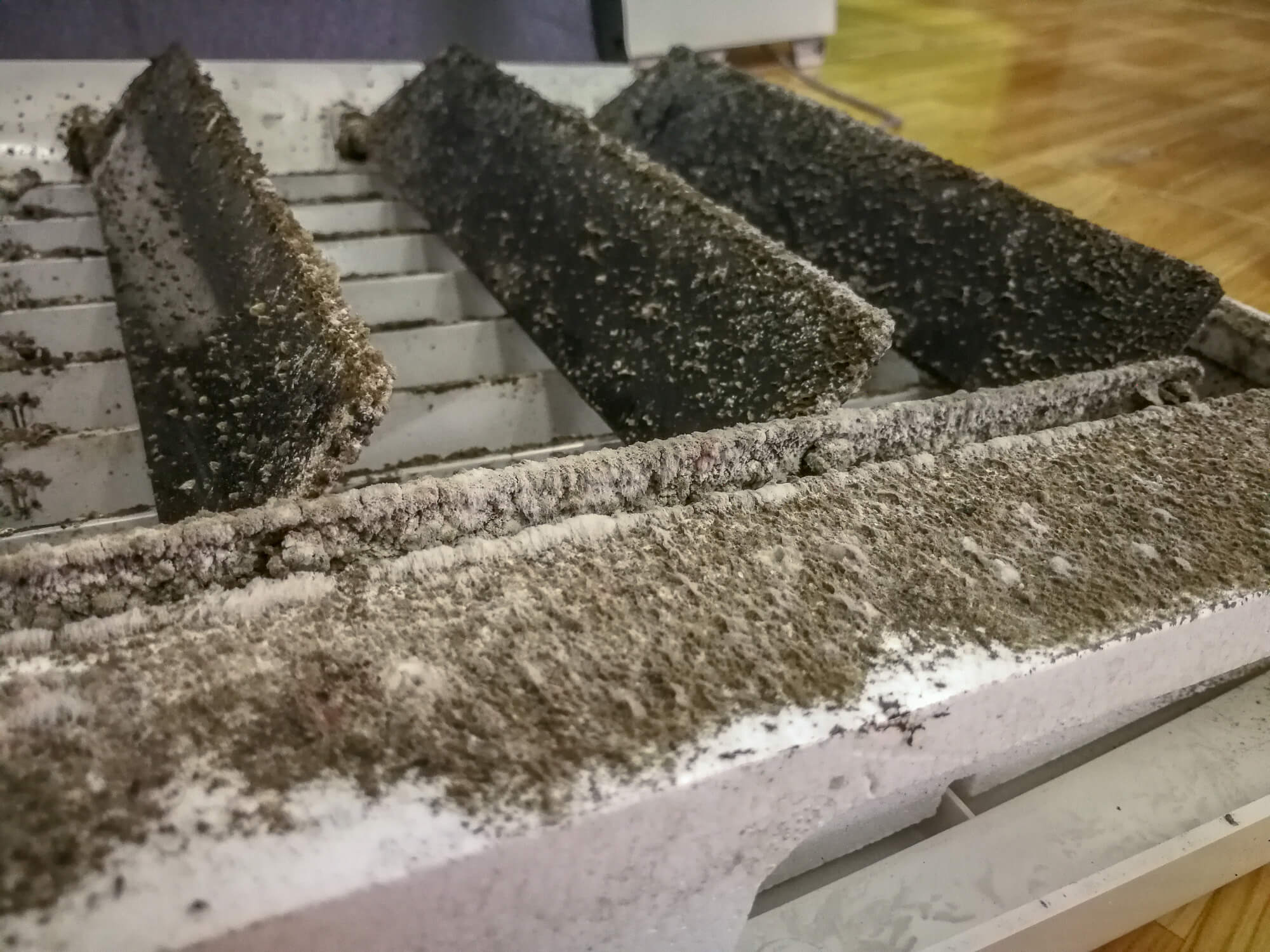
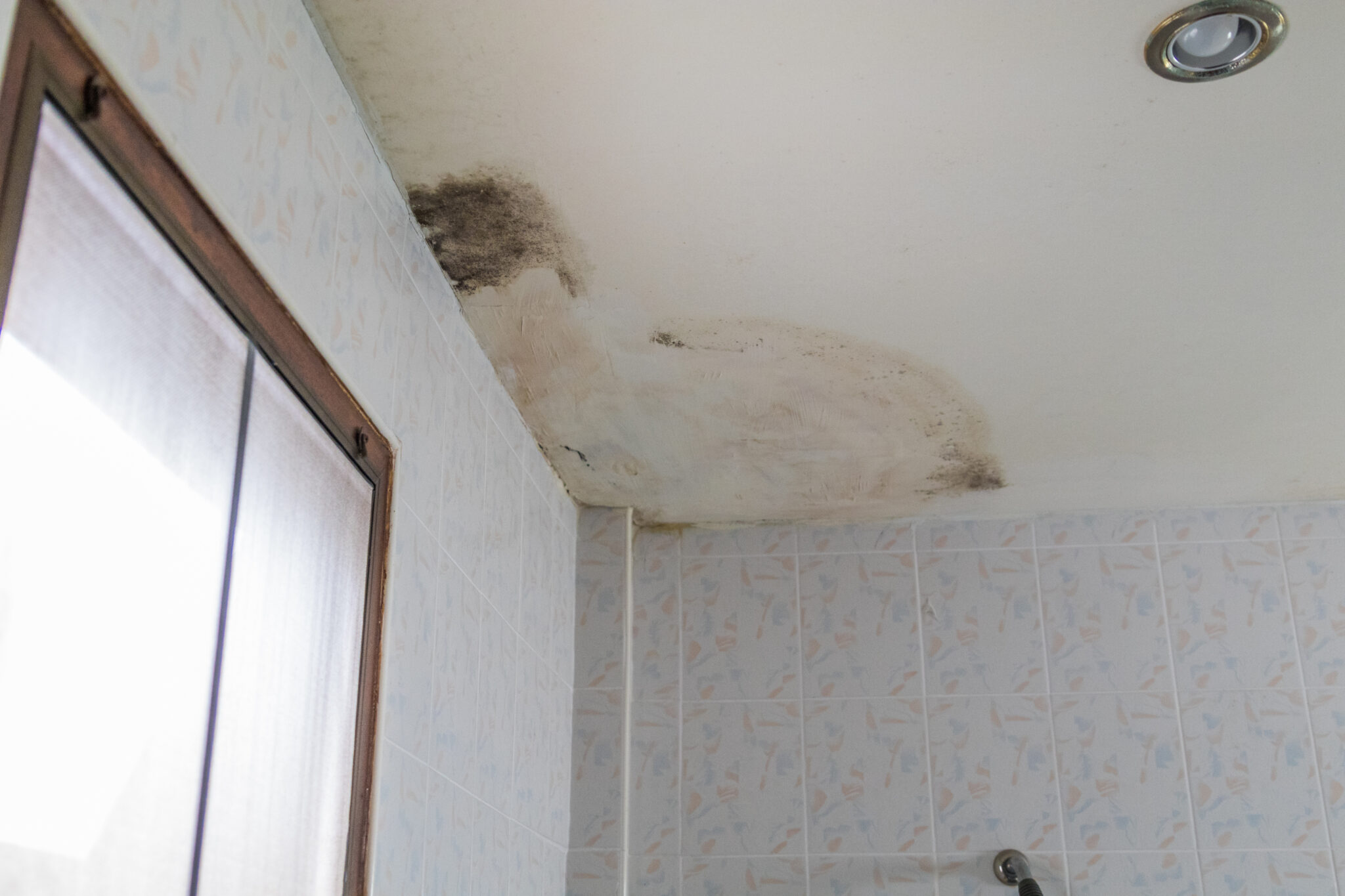
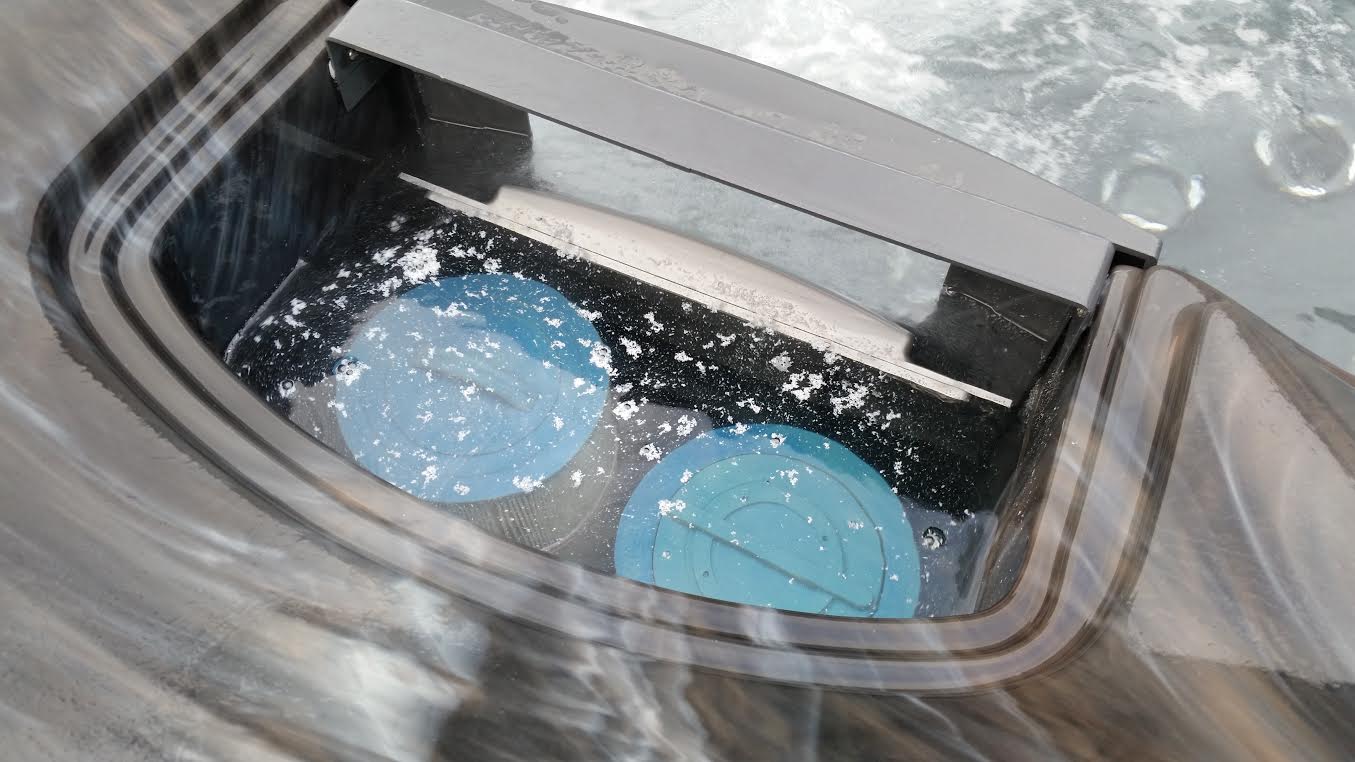
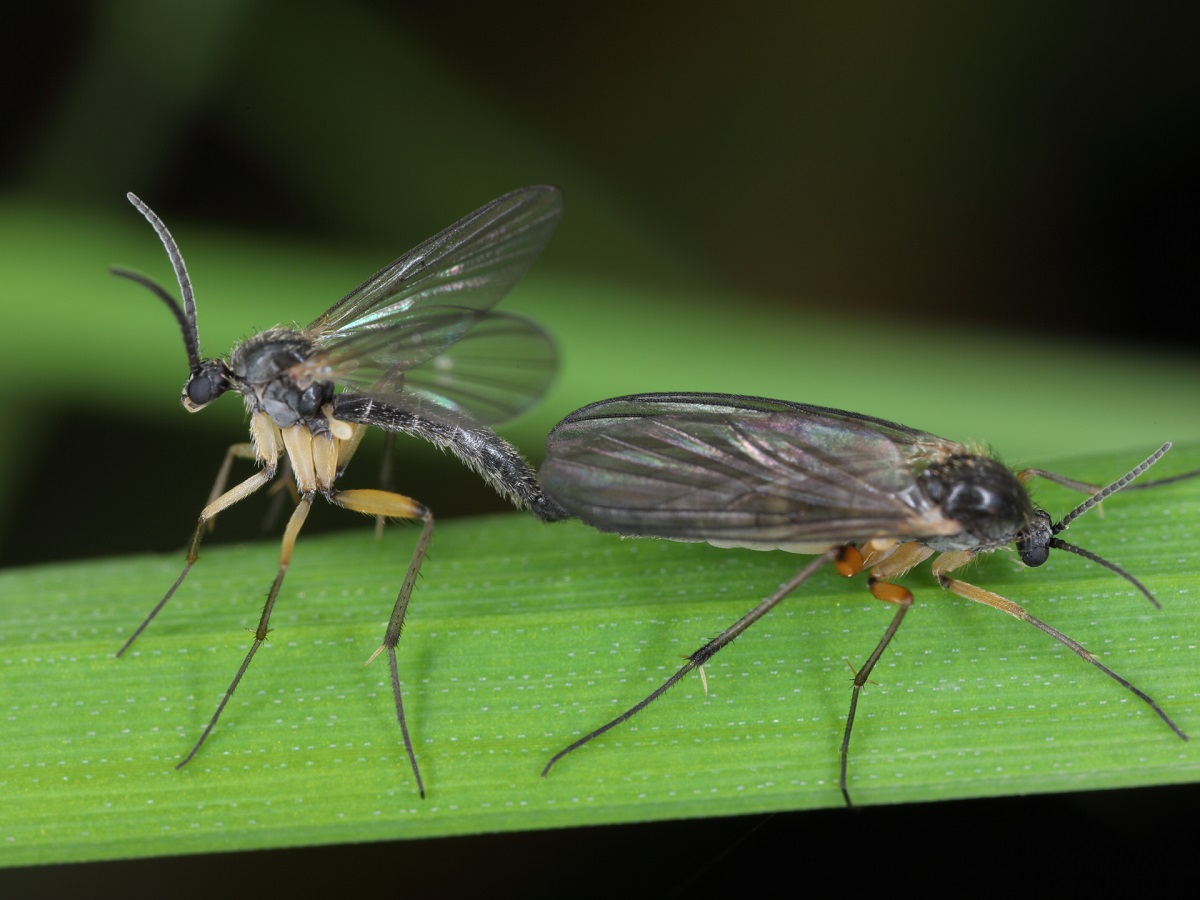
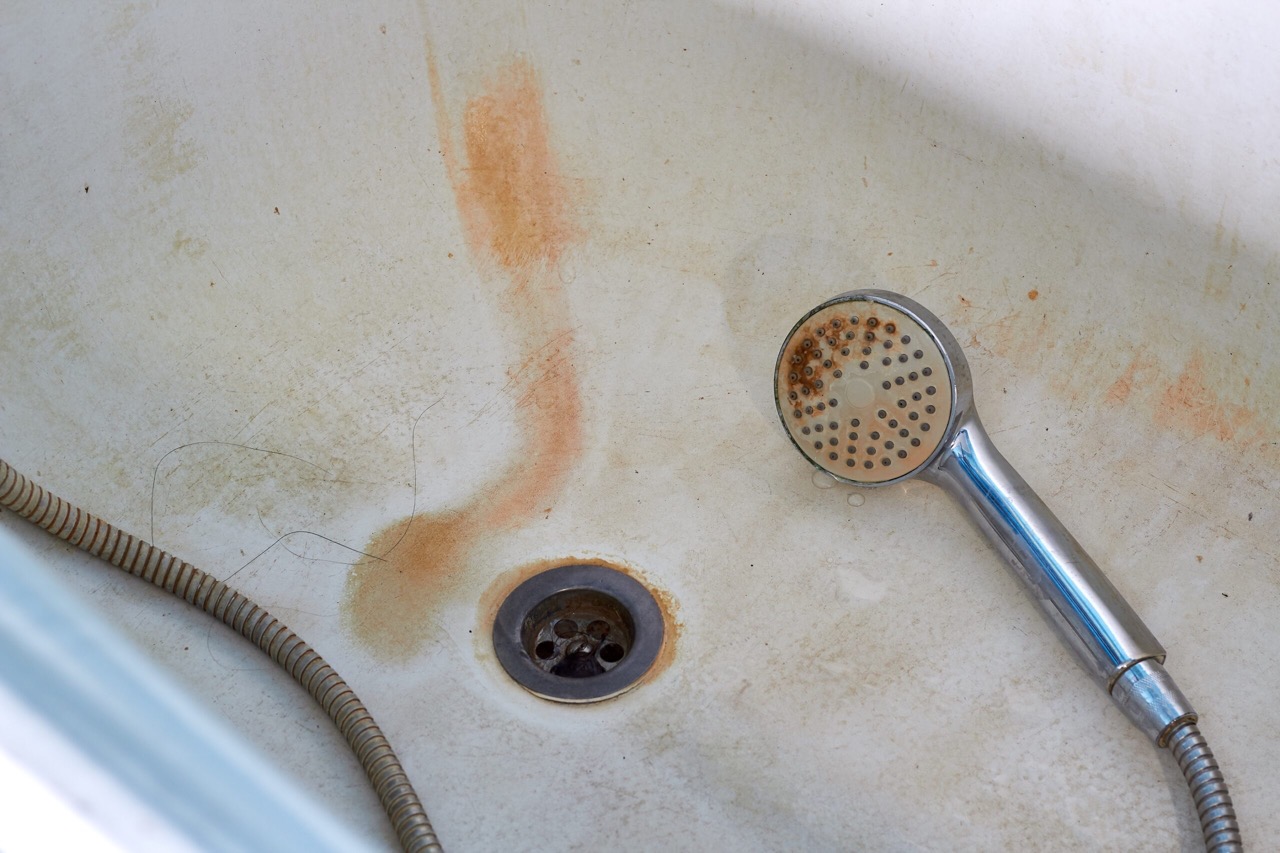
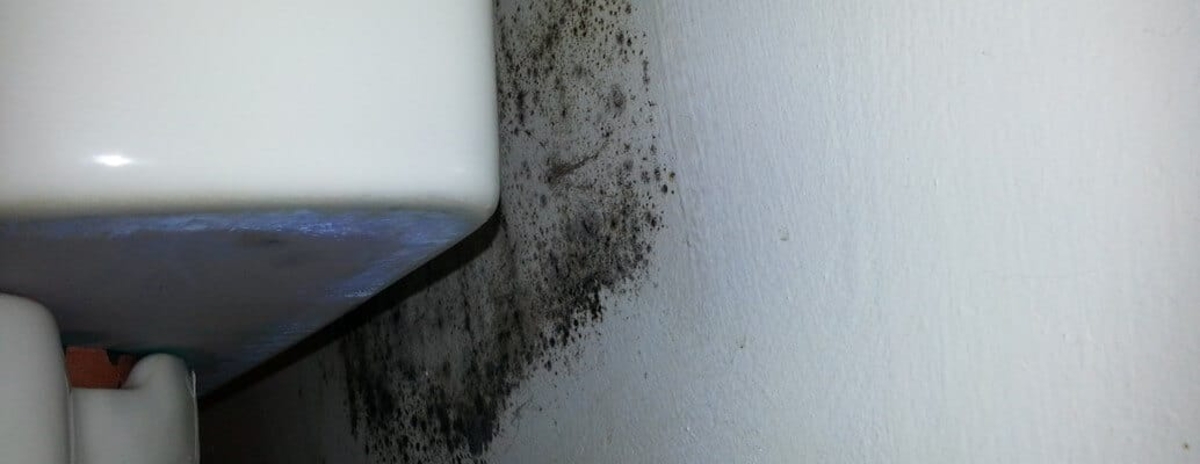
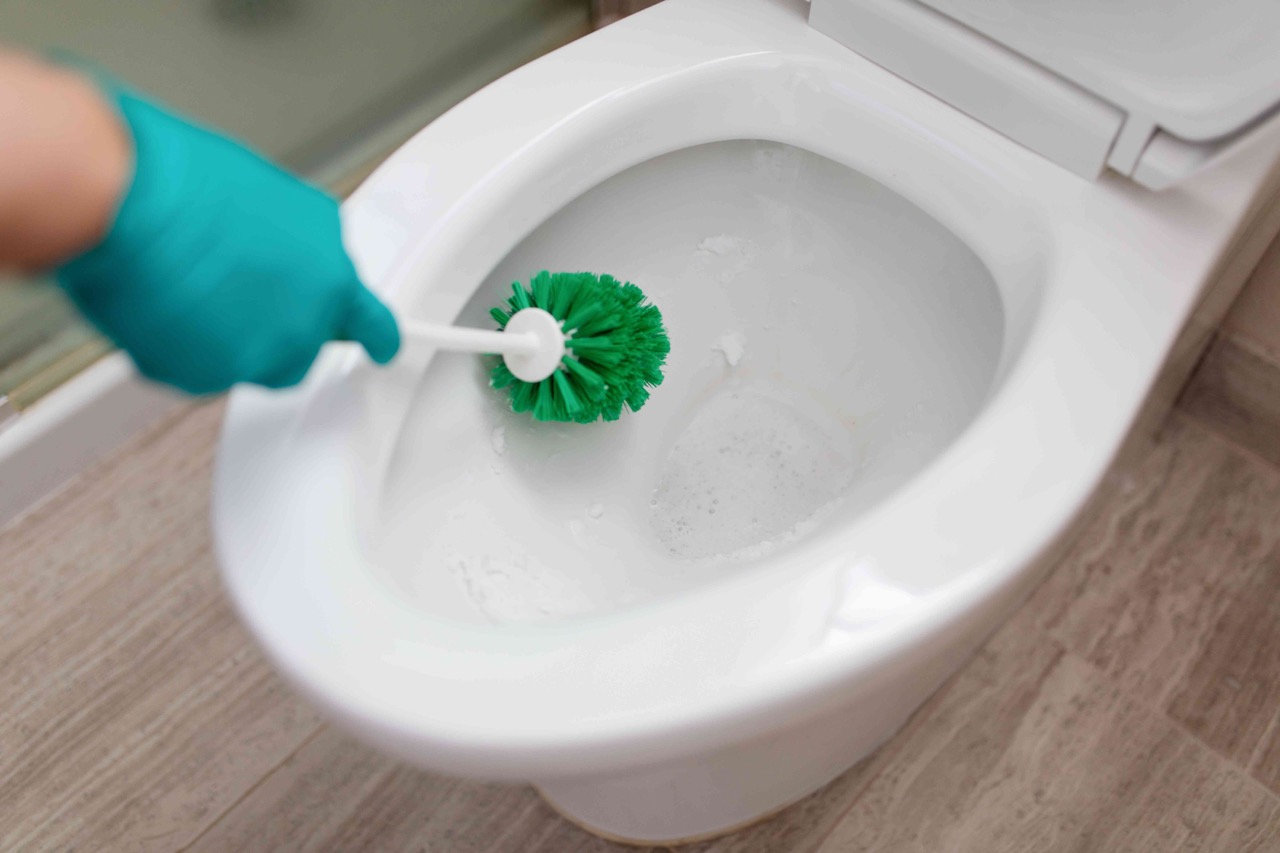
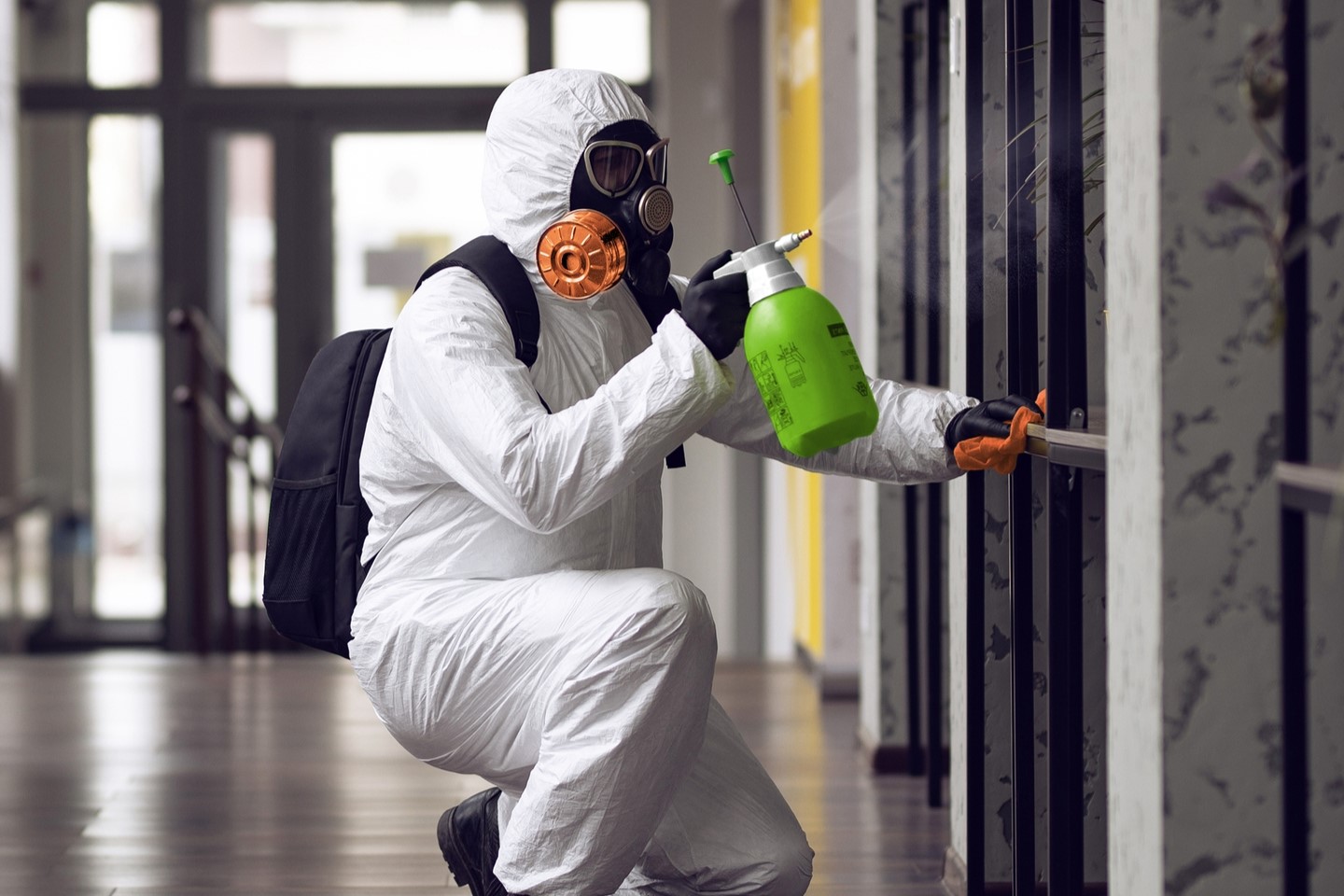
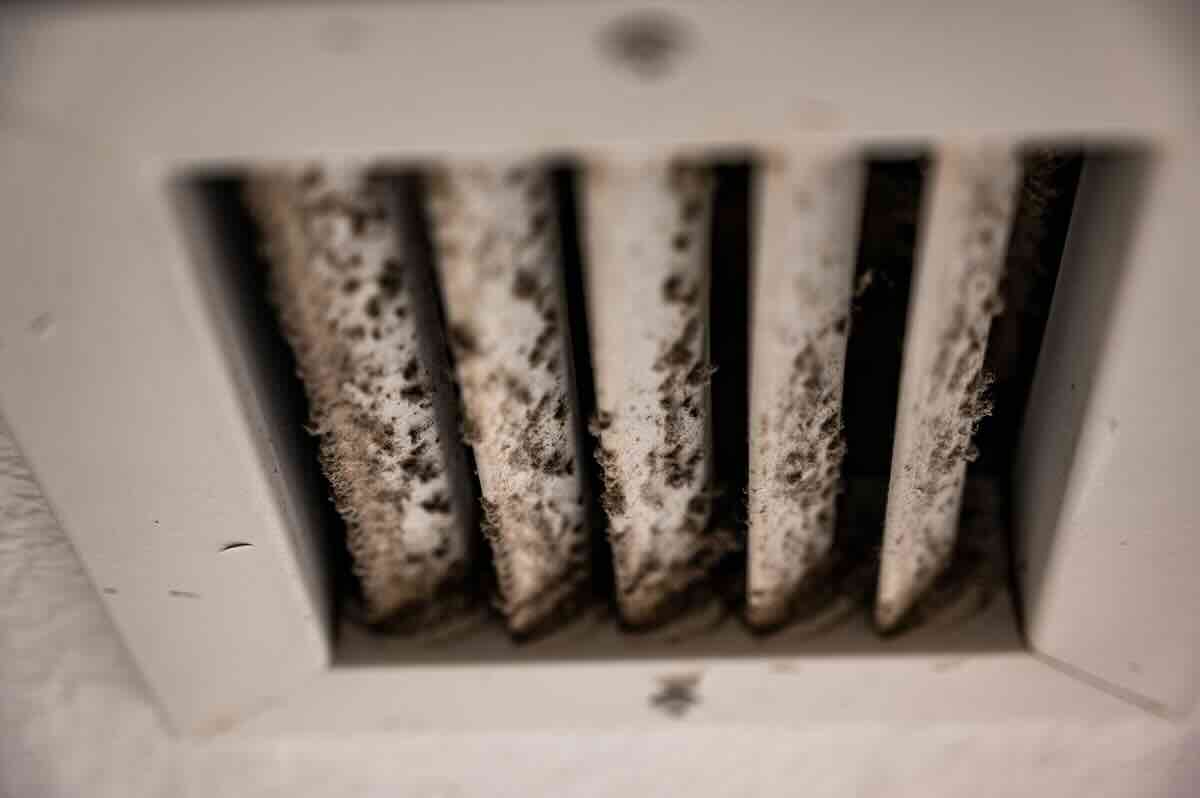

0 thoughts on “How To Get Rid Of Black Mold: 6 Expert Tips To Remove Mold At Home”